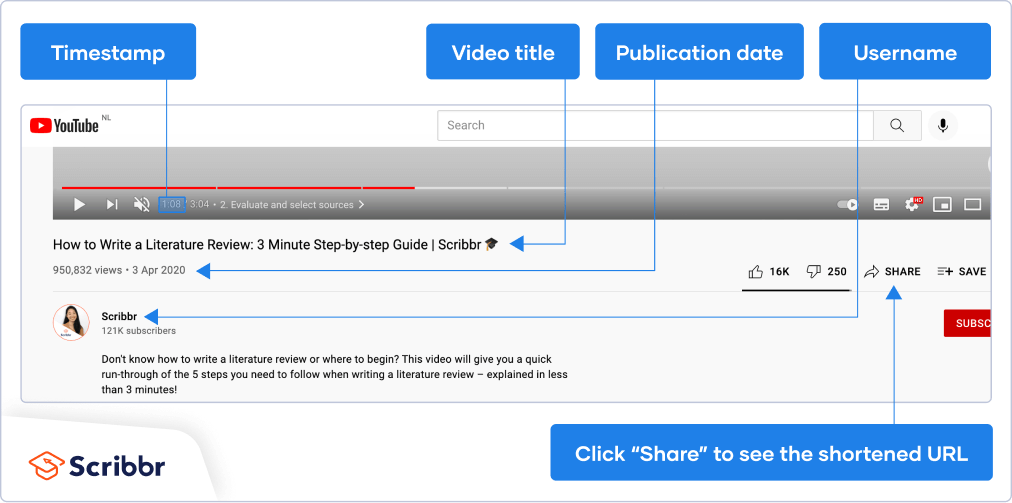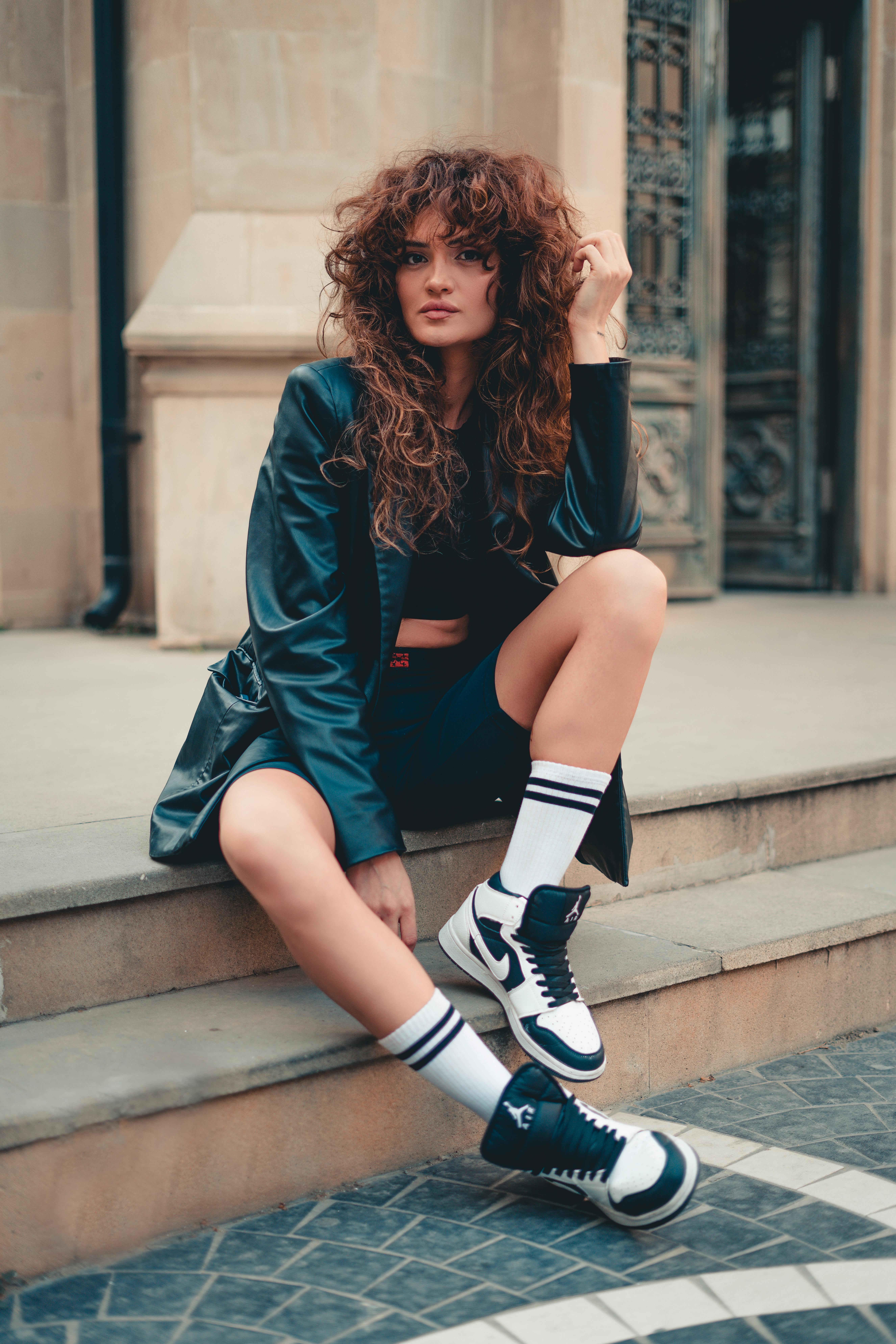Apply Now
How to Properly Draw Dreads for Stunning Hairstyles in 2025
Understanding Dreadlocks and Their Artistic Significance
Dreadlocks are more than just a hairstyle; they represent a rich cultural heritage and personal expression. As artists, understanding the significance behind dreadlocks provides a deeper appreciation for laying them down on paper. In drawing dreads, you should be mindful of their texture, volume, and flow. These elements create a realistic representation that goes beyond mere aesthetics, allowing you to capture the essence of dread hairstyles effectively.
Throughout this tutorial, we'll explore various methods on how to draw dreads, providing techniques to visualize these intricate styles. You'll gain insight into character design with dreads and learn how to depict various dreadlock styles, enhancing your artistic repertoire.
Essential Tools and Supplies for Drawing Dreads
Before diving into the techniques, it's crucial to gather the right art supplies. Utilizing the right materials can make a significant difference in the quality of your sketches. Standard tools you'll need include:
1. Pencils: A range of hardness (HB to 8B) for detailed sketching and shading techniques.
2. Sketchbook: Choose one that suits your style, be it smooth or textured paper.
3. Eraser: A kneaded eraser is excellent for lifting graphite without damaging the paper.
4. Blending Stump: Useful for smooth shading and blending hair textures in your dreads.
5. Reference Images: Utilize resources like photographs or online tutorials for visual guidance.
With the correct tools in hand, creating impressive sketches of dreads becomes an achievable goal.
Basic Sketching Techniques for Dreads
Starting with the foundational techniques is crucial for successfully drawing dreads. Here are several practices to enhance your dreadlock sketches:
1. **Proportions**: Understanding the proportions of dreadlocks can significantly impact the overall composition of your art. Start by establishing the head shape and where the dreads will sit. Take note of how they hang and the specific angles influenced by gravity.
2. **Flow and Movement**: Capturing the flow of hair is vital in creating lifelike illustrations. Focus on how dreads intertwine and fall, using curved lines to indicate movement.
3. **Texture Depiction**: Dreads have a unique texture that differentiates them from other hairstyles. Utilize various pencil techniques to render this texture accurately, including stippling or cross-hatching to create depth.
Taking the time to practice these basic techniques will lay a solid foundation as you progress.
Step-by-Step Process for Drawing Dreads
Visualizing Dread Styles
To begin illustrating dreads, consider different styles: thick, thin, long, short, or braided dreads. Each style can be represented by variations in line thickness and texture. Start by lightly sketching the outline of the head, noting key sections where the dreads will begin and flow.
As you perfect the shape, gradually add layers of dreads, using your pencil to create dimension. Think about symmetry and how the dreads interact with surrounding features like the face or shoulders.
Shading Techniques for Realistic Dreads
Shading breathes life into your dread drawings, allowing the viewer to understand the light and shadow on the hair. Start with the following techniques:
- **Layering**: Apply multiple layers, gradually building depth where shadows naturally occur. This step is crucial for creating the spherical qualities found in actual dreads.
- **Directionality**: Remember that light sources affect how shadows fall on dreads. Shade against the natural flow of hair to convey realism.
Using these techniques effectively will elevate your illustrations, transforming them into compelling works of art.
Common Mistakes to Avoid When Drawing Dreads
While practicing, artists may face challenges that lead to less-than-ideal results. Be cautious of these common mistakes:
1. **Ignoring Proportions**: Failing to consider the head's shape and size can lead to distorted illustrations. Always check for proportion consistency.
2. **Overcomplicating Dread Patterns**: Simplifying complex patterns can enhance overall clarity. Look for ways to stylize without losing the integrity of the design.
3. **Neglecting Texture**: Remember that texture plays a vital role. Skipping this step often results in flat drawings that don’t represent the lifelike qualities of dreads.
By keeping these points in mind, you'll be one step closer to mastering the art of sketching dreads.
Advanced Techniques for Artistic Dread Illustration
How to Render Dreads Effectively
Once you've gained confidence in your foundational skills, consider delving into more advanced techniques that can enhance your dreadlock drawings. These methods include:
- **Color Implementation**: Introduce color to your pencil drawings. Experiment with colored pencils or markers to add vibrancy to your dreads, making them stand out on the paper.
- **Mixed Media**: Combine different mediums, such as watercolor backgrounds underneath pencil-drawn dreads, for a dynamic finish.
Testing these techniques will not only diversify your portfolio but also provide uniquely engaging effects.
Examples of Dread Styles in Character Design
To truly understand the impact of dreadlocks in character design, analyze how various artists incorporate them into their characters. Consider examining artwork from comics, animation, and social media platforms to gain inspiration. Look for examples where dreads are used to express identity or symbolize cultural elements.
By studying these styles, you will learn how to incorporate dreads into your character designs, enriching your artistic storytelling.
Creating Unique Dreadlock Designs
Dreads provide a unique opportunity to create various displays within your artwork. Experiment with innovative dread styles that align with character personality traits. For example, consider how character occupation may inform the dread design—ranging from meticulous, clean dreads for professional settings to wild, freeform dreads for artistic expressions.
Exploring these design principles allows you to take a creative approach to how you express hairstyles in your art.
Practicing Dread Sketches for Mastery
Daily Sketching Exercises for Dreads
To reach mastery in drawing dreads, consider implementing daily sketching exercises:
- **Timed Sketches**: Set a timer for 10-15 minutes and sketch different dread hairstyles quickly. This promotes loose drawing and helps you focus on form rather than detail.
- **Observation Drawings**: Use photographs or real-life subjects with dreads. Develop sketching skills by recreating what you see, focusing on textures and proportions.
Engaging in these exercises will refine your skills and foster rapid improvement.
Feedback and Growth in Dread Drawing
In the artistic community, feedback can significantly impact growth. Share your dread sketches with peers or on art platforms to receive constructive criticism. Analyze the feedback carefully, noting areas of improvement.
By participating in art workshops or online drawing tutorials, you can also learn new techniques and gain insights from experienced artists, thus enhancing your understanding of this hairstyle's complexities.
Cultural Awareness and Sensitivity in Dread Art
As you explore drawing dreads, be aware of their cultural significance. Different cultures have unique interpretations of dreadlocks, often signifying identity, spirituality, and resistance. Approach your illustrations with respect and appreciation, considering the narratives and histories behind these hairstyles. This mindfulness will elevate your artistic journey.

Final Thoughts on Mastering Dreads Drawing
The Journey to Finding Your Dreads Style
Mastering the art of drawing dreads is a journey filled with exploration and creativity. As you learn to illustrate these unique hairstyles, you’ll find your distinct artistic voice emerging. Take your time, push your boundaries, and embrace the learning process as part of your artistic evolution.
Remember, the skills you acquire through drawing dreads can also translate to other hair types and styles. By mastering proportion, flow, and texture, you’ll be well-prepared to tackle any hairstyle.
Incorporating Dreads into Broader Artistic Contexts
As you grow in your artistic journey, consider how dreads can intertwine with larger themes in your work. Whether in character design, storytelling, or cultural commentary, the representation of dreadlocks can give your art depth and meaning.
Continue seeking inspiration from various sources, leveraging your skills to tell compelling stories through your artwork surrounding dreadlocks.



